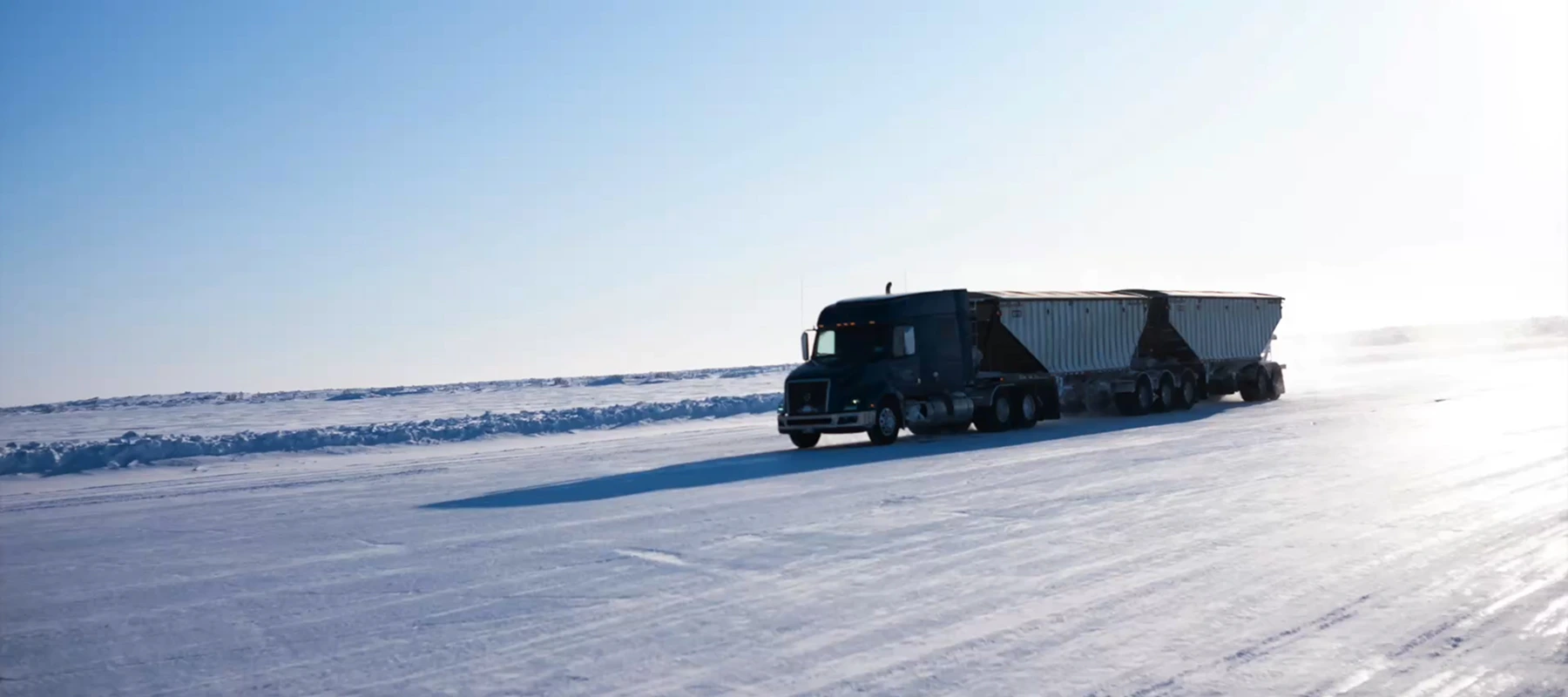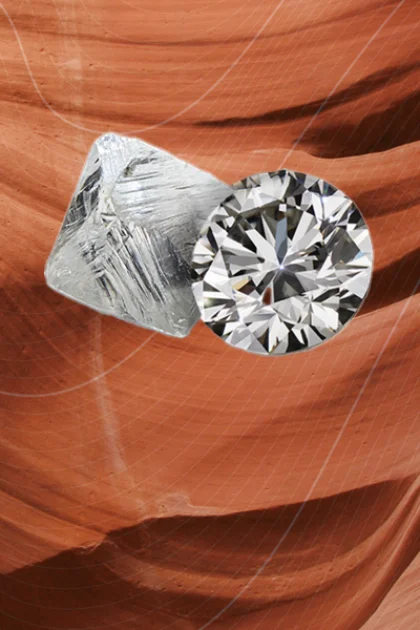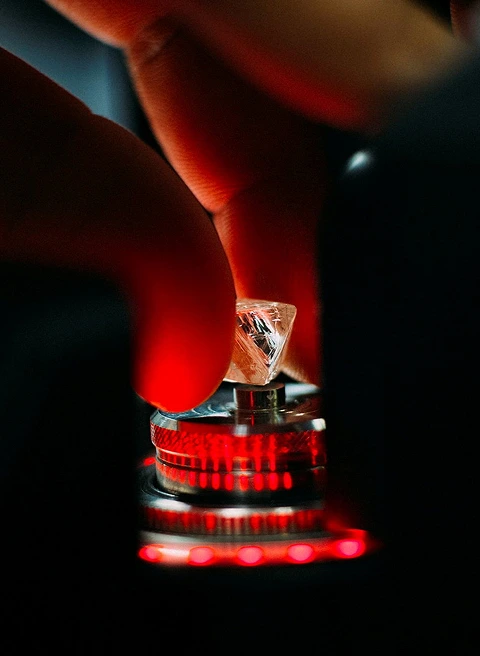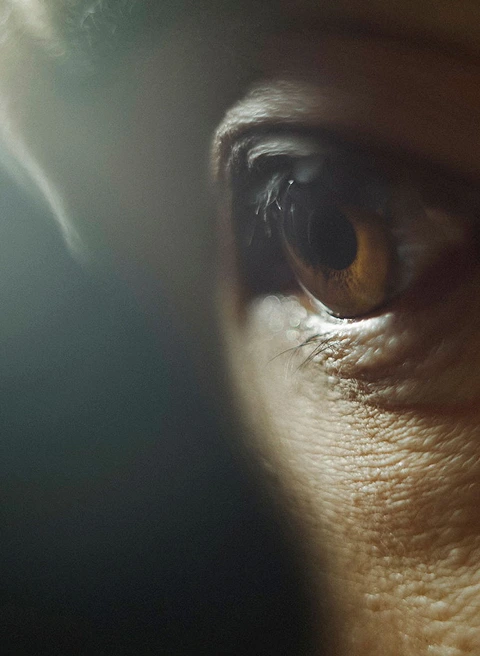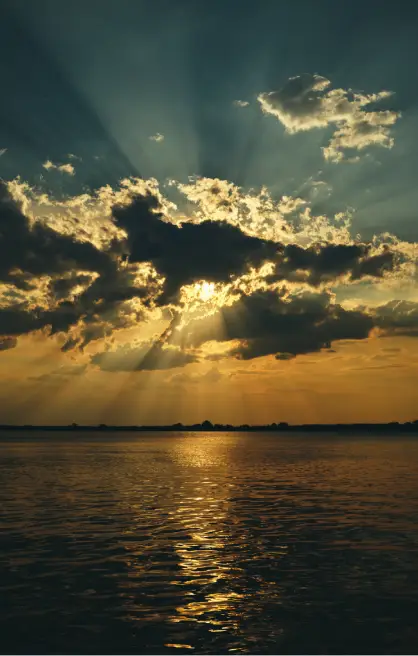Our business
Get to know the world’s leading diamond company
From recovering diamonds at the depths of the earth to producing luxurious jewellery, De Beers works across the diamond value chain to share our timeless beauty with the world.
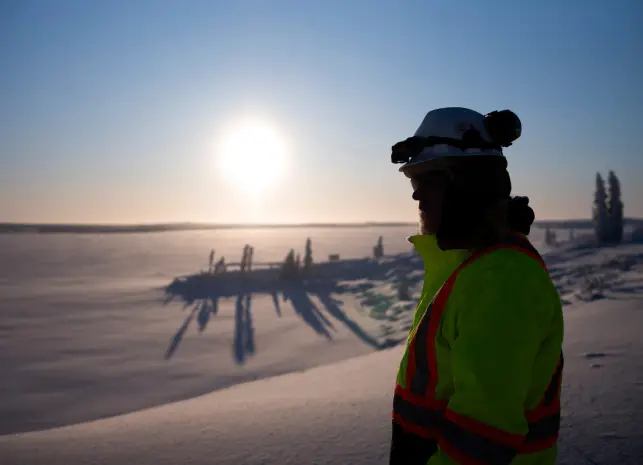
Mining & discovery
DISCOVERING THE EARTH’S SECRETS
In mining and discovery, our precision, technology and expertise come together to unlock the secrets of the earth in some of the planet’s most remote locations. Our teams focus on one goal, to discover kimberlite deposits that will offer new opportunities for local communities and release billion-year-old diamonds into the world.
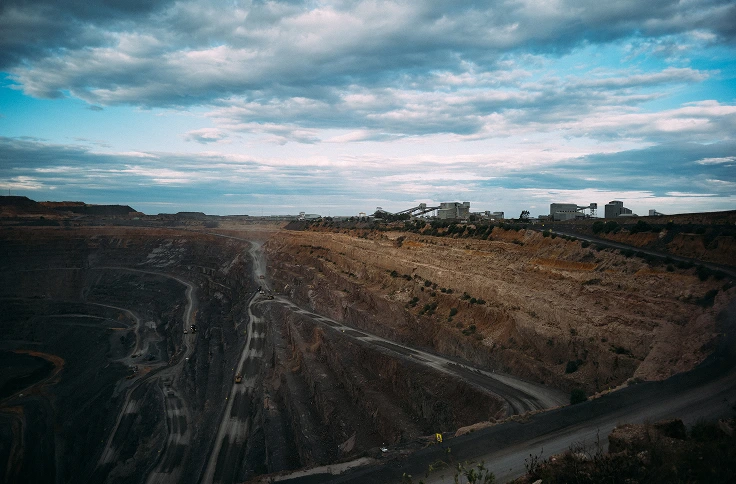
Partnering with host countries
Operations unlock economic opportunity
It’s our mission to give back to our host countries – Botswana, Canada, Namibia and South Africa – leaving a positive, lasting impact long after we’ve discovered our last diamond.
Diamonds offer huge economic and social benefits for the countries where we operate. We partner with local governments and communities to responsibly unlock the value diamonds can bring.
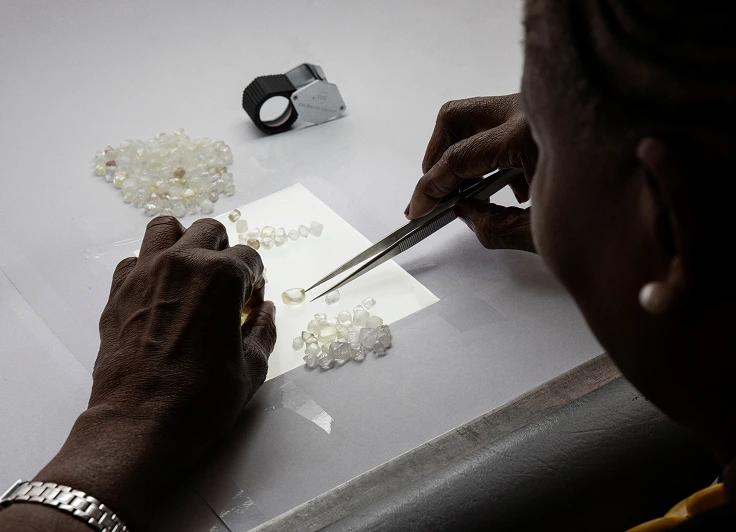
Diamond trading
Offering diamonds to the world
From our state-of-the-art facility in Gaborone, Botswana, we sort, grade and package millions of carats of diamonds recovered from our four producer countries each year for sale to the world’s leading diamond retailers. We offer long-term contracts to a carefully selected group of Sightholders. We also sell rough diamonds through our best-in-class online auction sales.
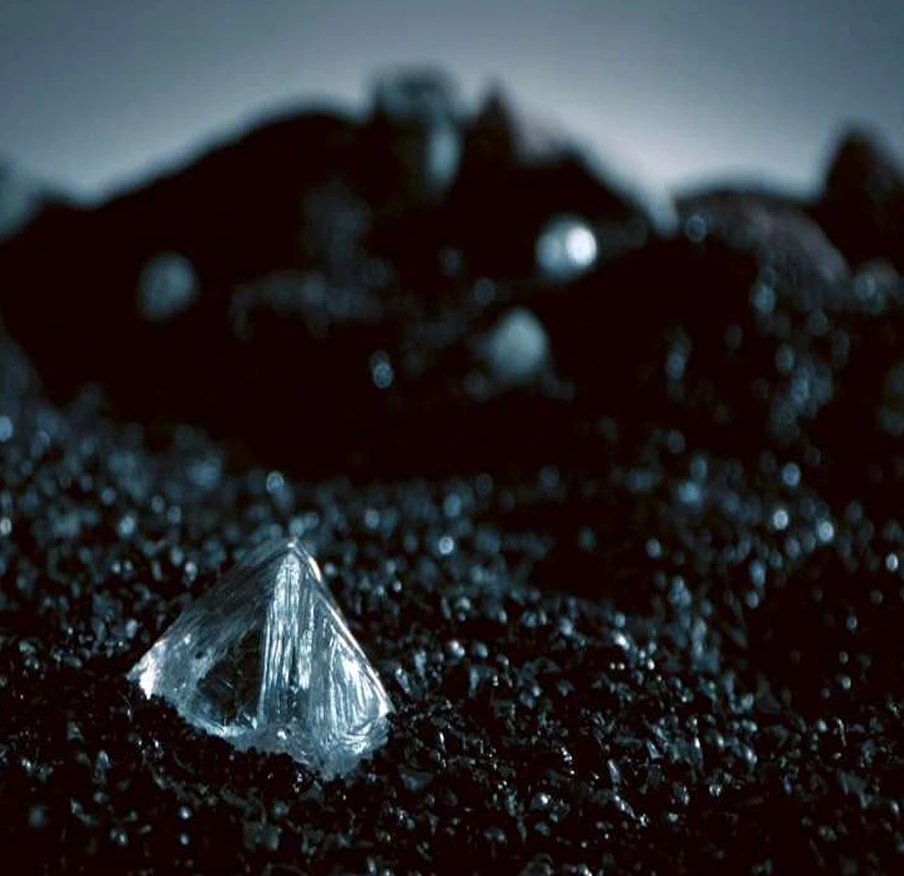
Brands & diamond desirability
Timeless brands, forever beautiful
Our diamonds offer timeless beauty and are responsibly sourced. We are proud to offer them through our two retail brands and immersive in-store experience.
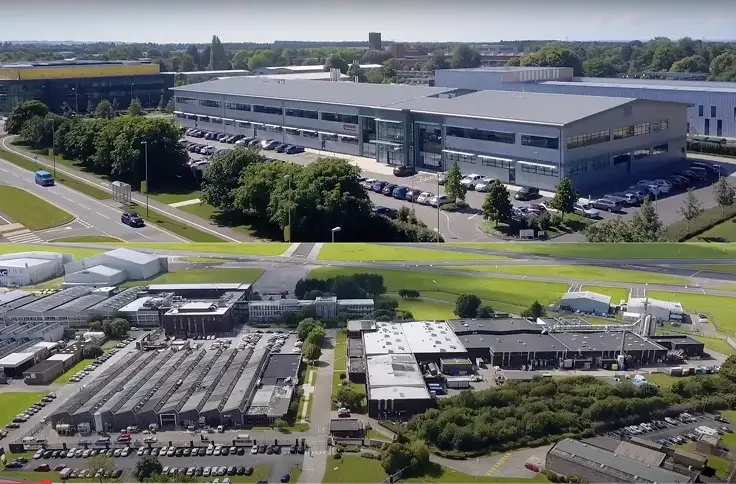
Synthetic diamonds: unlocking the future
For more than 80 years our world-leading Element Six unit has harnessed the unique properties of synthetic diamonds and tungsten carbide to deliver supermaterials that improve the efficiency, performance and reliability of industrial tools and technology.


